Setsubun may not be a national holiday in Japan, but it is widely celebrated by children and families every year. Never heard of it? Here are three easy ways to celebrate Setsubun with your family in your country!

Learn about Setsubun with your family
So what is setsubun (節分)? Setsubun originally meant “Seasonal Division.” There are four beautiful, distinct seasons in Japan: Winter, Spring, Summer and Fall, and every change of seasons
(specifically the day before a new season) used to be called Setsubun. However, the word “Setsubun” specifically refers to the day before the first day of Spring nowadays. According to Lunar calendar, the first day of Spring is usually at the beginning of February, and this year, in 2022, the first day of Spring is February 4th. Hence Setsubun is February 3rd this year.
Back in the day, it was believed that evil spirits would arise and cause natural disasters and make people sick during the time of seasonal changes. Even when I was little, my mom would always tell me to be careful and not to catch a cold during seasonal changes because the weather could be unpredictable and the temperature would go up and down frequently. Back in the day, people tried to avoid “the evil spirits” in order to try and stay healthy by doing certain rituals on Setsubun, such as hanging smelly sardines outside of home to prevent the evil spirits from entering their home.
If you would like to learn more about Setsubun, check out these very informative YouTube videos; this one is in English, and this one is in Japanese with English subtitles.
Make Oni (Demon) Masks with your family
More recently, instead of hanging sardines outside of homes, it’s been more common for people to do “Mame-maki” on Setsubun. “Mame” means beans, and “maki” means spreading in Japanese. Families usually have one or two adult family members dress up as a Demon (symbolizing evil spirits) and have them abruptly enter their home while everyone is home from school and work. Children need to be brave and throw roasted soy beans as hard as they can at the Demons to prevent them from coming further into their home and cause any damages!
In Japan, to celebrate Setsubun, preschoolers and kindergarteners make their own “Demon mask” and may even do Mame-maki at school. When I was in Kindergarten, my school principle dressed up as a Demon and walked into my classroom for Setsubun! It was quite terrifying, and I remember some of my classmates just crying in our teachers arms. But it’s a great memory from my childhood, and this year my children made their own Oni (demon) mask for their first time! Here is what we used.

- Cardstock papers
- Construction papers
- Scissors
- Glue sticks and tapes
- Sharpie
This craft project is quite simple. You just need to cut up a cardstock paper into circle (just as big as your children’s face), add construction paper hair, eyes, horns (since Japanese Oni usually has horns), and demon teeth to the face!
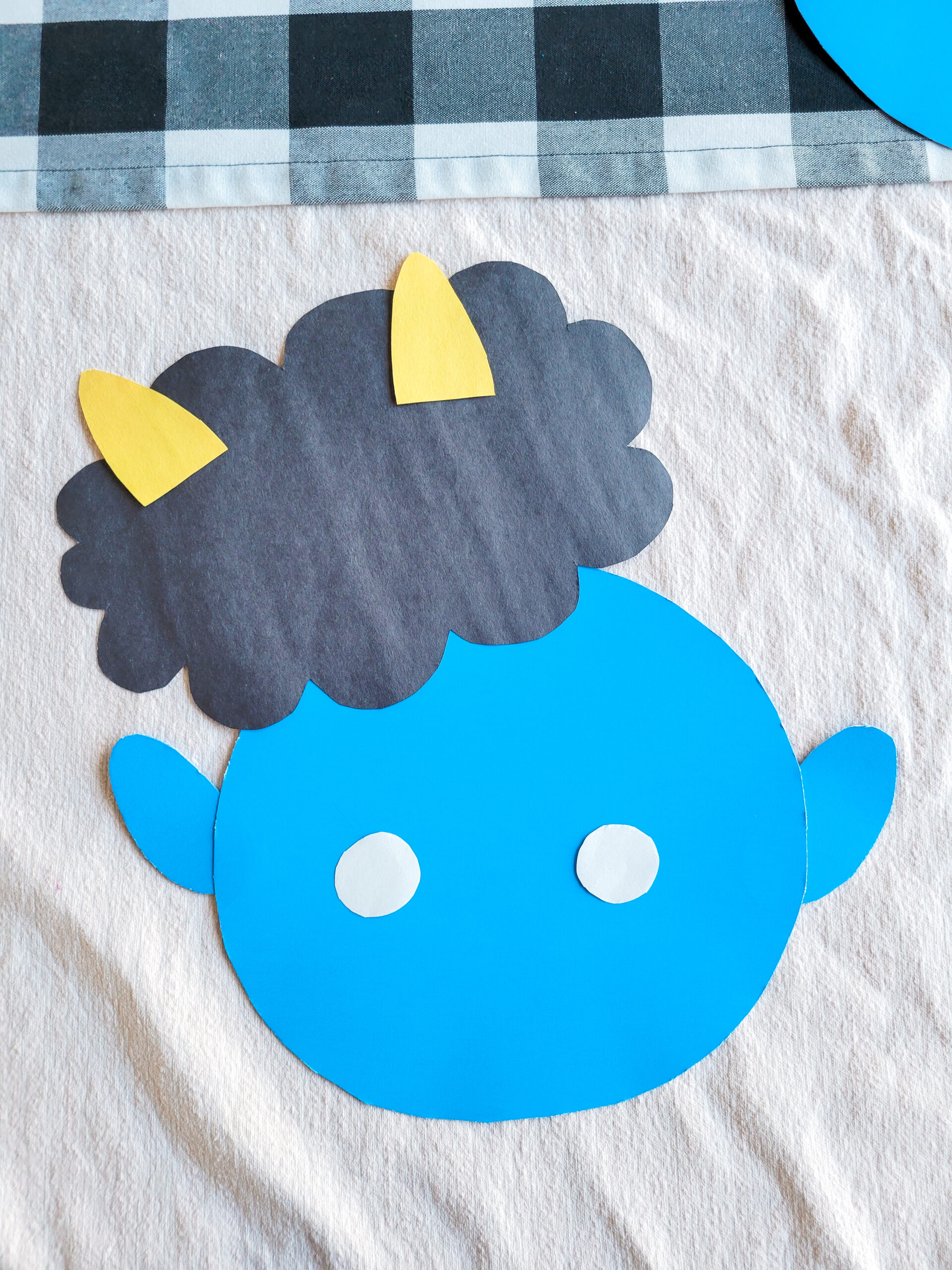

If you need some ideas of Oni (Demon) faces, you can google “Setsubun Oni Mask” or watch this adorable YouTube video of the popular Japanese Oni song for children, “Oni no pants”
To make the mask wearable, you may add a stretchy string or cardstock backing to the back of the mask.
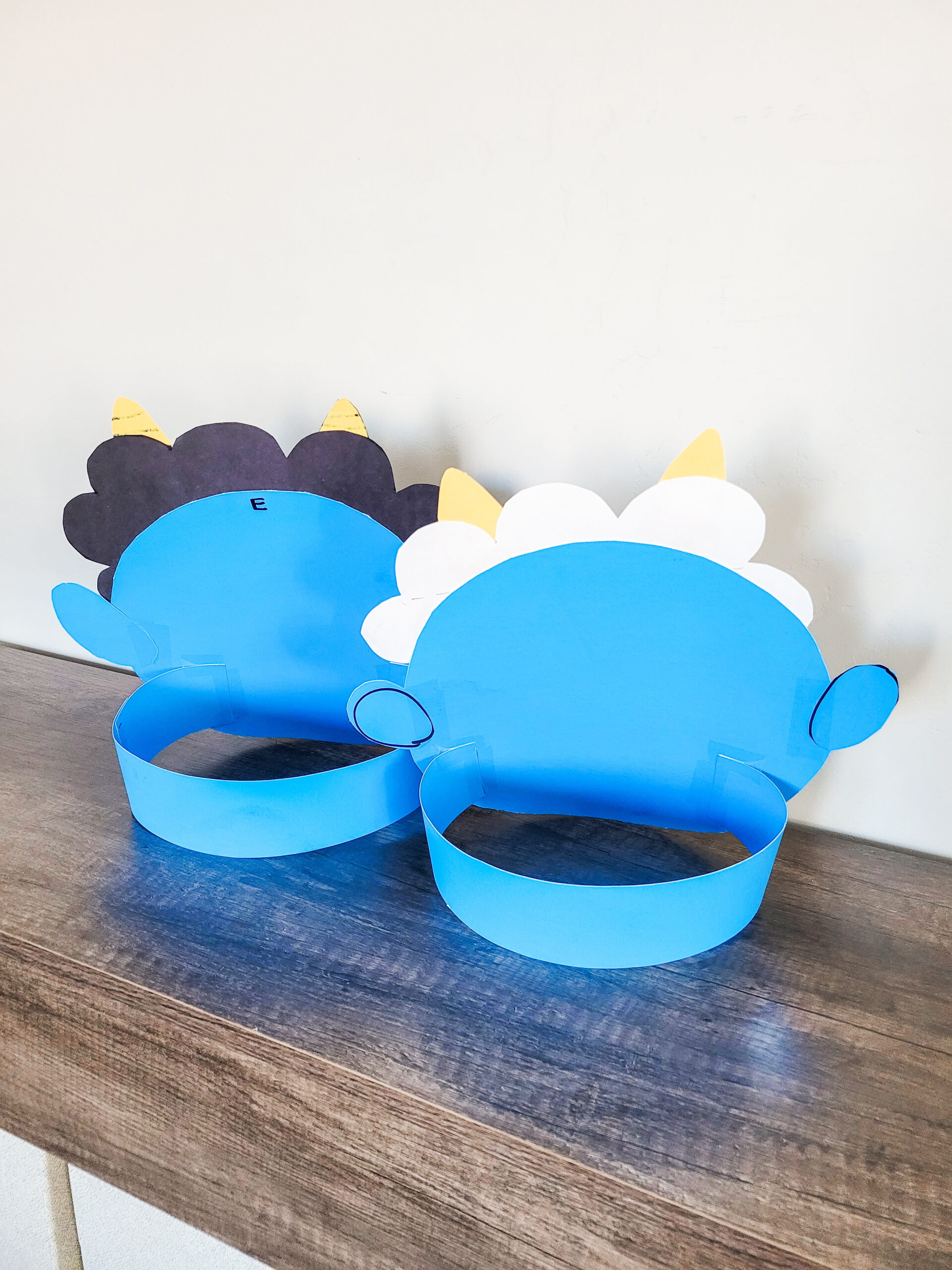
Experience Mame-Maki with your family
Now that you and your family learned about Setsubun, its common activities and made your own Oni mask, it’s time to actually do the Mame-maki! Traditionally roasted soy beans or peanuts are used for Mame-maki, and they’re sold at any grocery stores during this season in Japan. As a Japanese mom in the States, I may not have easy access to roasted soy beans at grocery stores, but I found this bag of organic soy beans from Amazon.
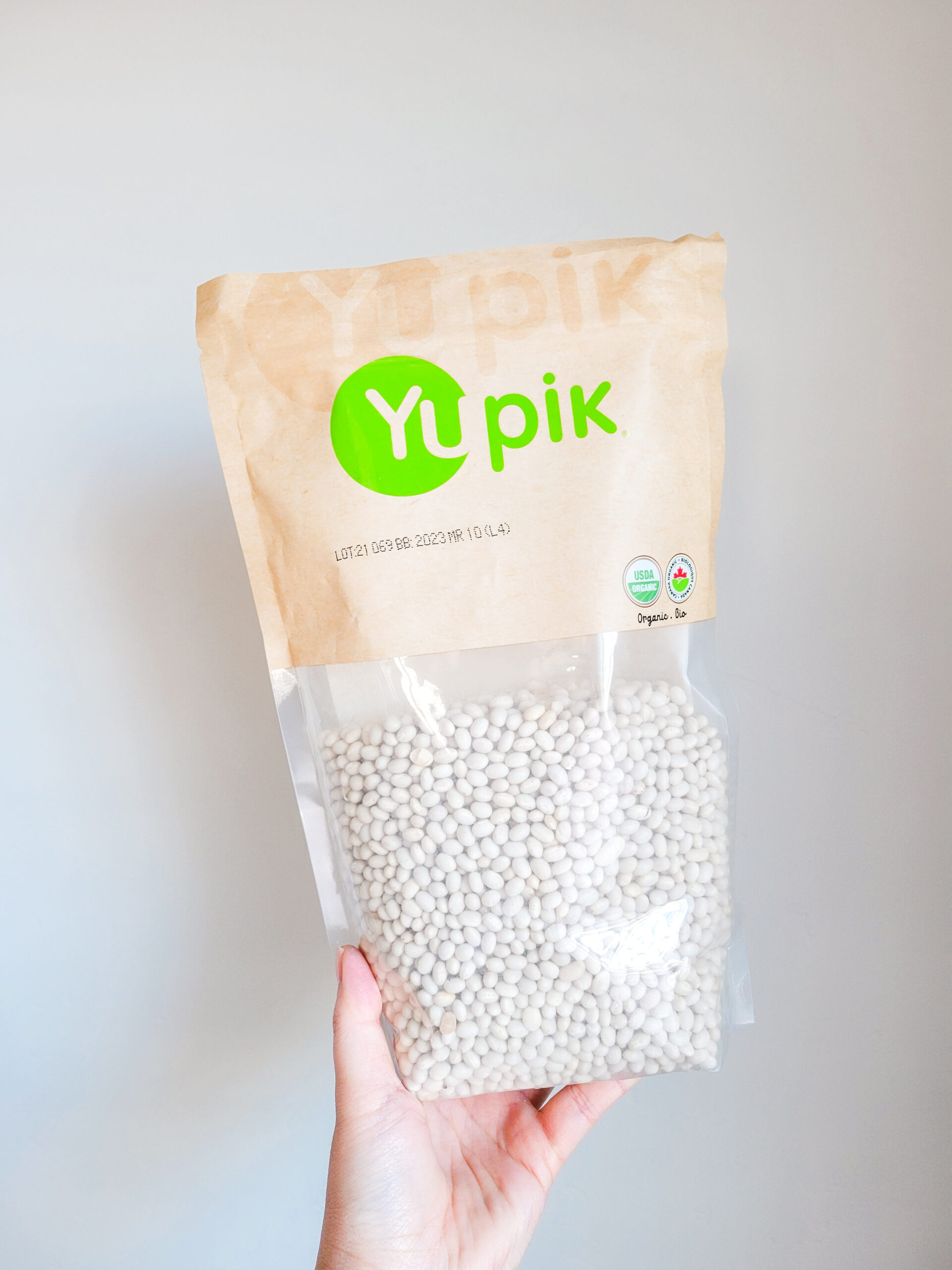
For Mame-maki, my girls were holding a bowl of these soy beans and awaited for the Demon’s arrival.
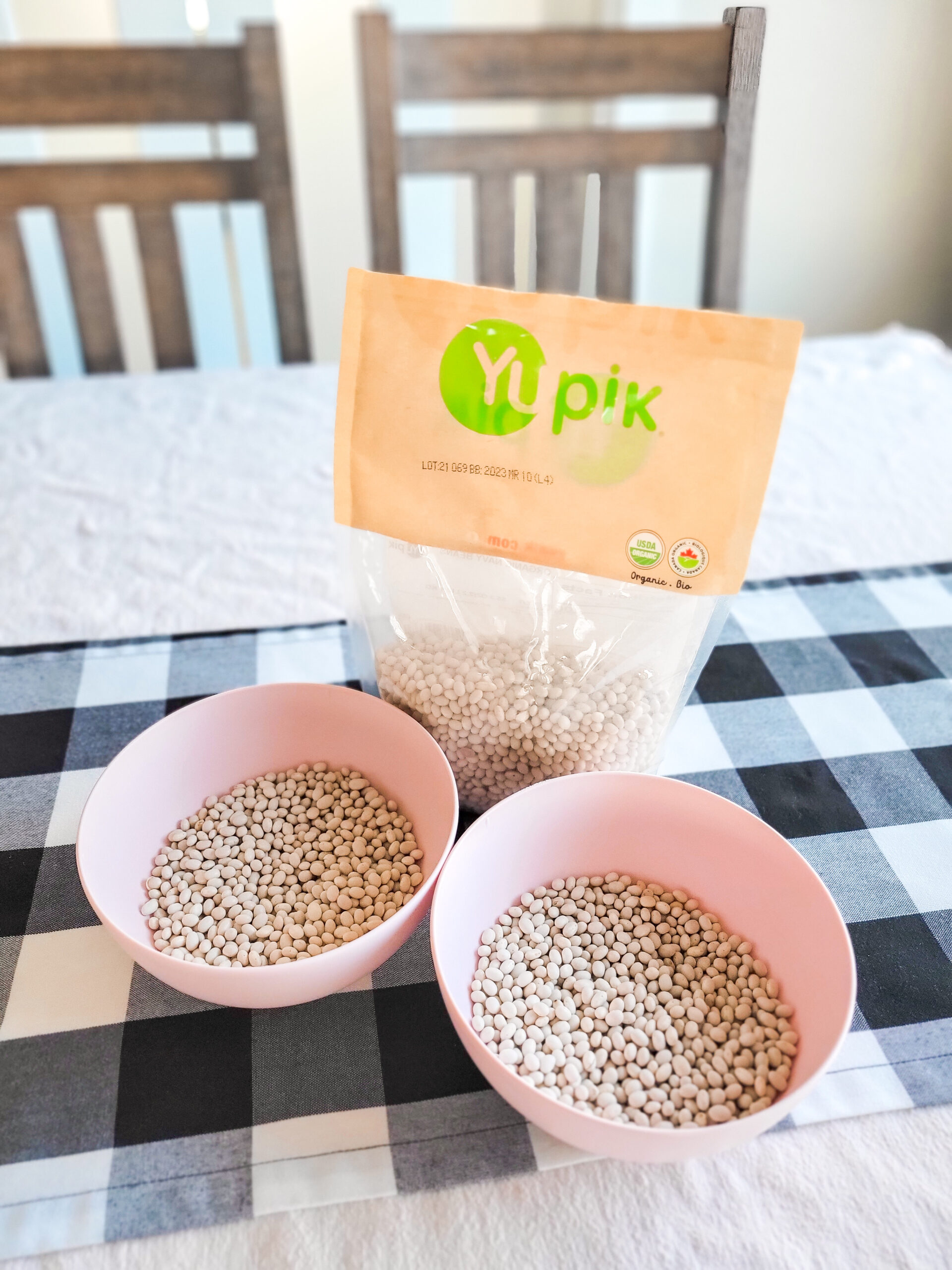
My husband wore one of the Oni masks we made, walked right into our home, and the girls fought really hard to kick the demon out! (Click here to watch the Reel video of how our Mame-maki went on IG!)
During Mame-maki, children are supposed to shout, “Oni wa soto (Demons out), Fuku wa uchi (Blessings in)” as they throw beans at Oni. The thrown beans and loud shouts should scare Oni away!
Mame-maki and Setsubun events happen at a lot of Japanase shrines during this season. In this YouTube video, you can see what Oni usually looks like in real life and how terrifying it can be for children. But Setsubun is a big part of Japanese culture and celebrations, and I hope you get to pass on this part of the culture to your children as well!
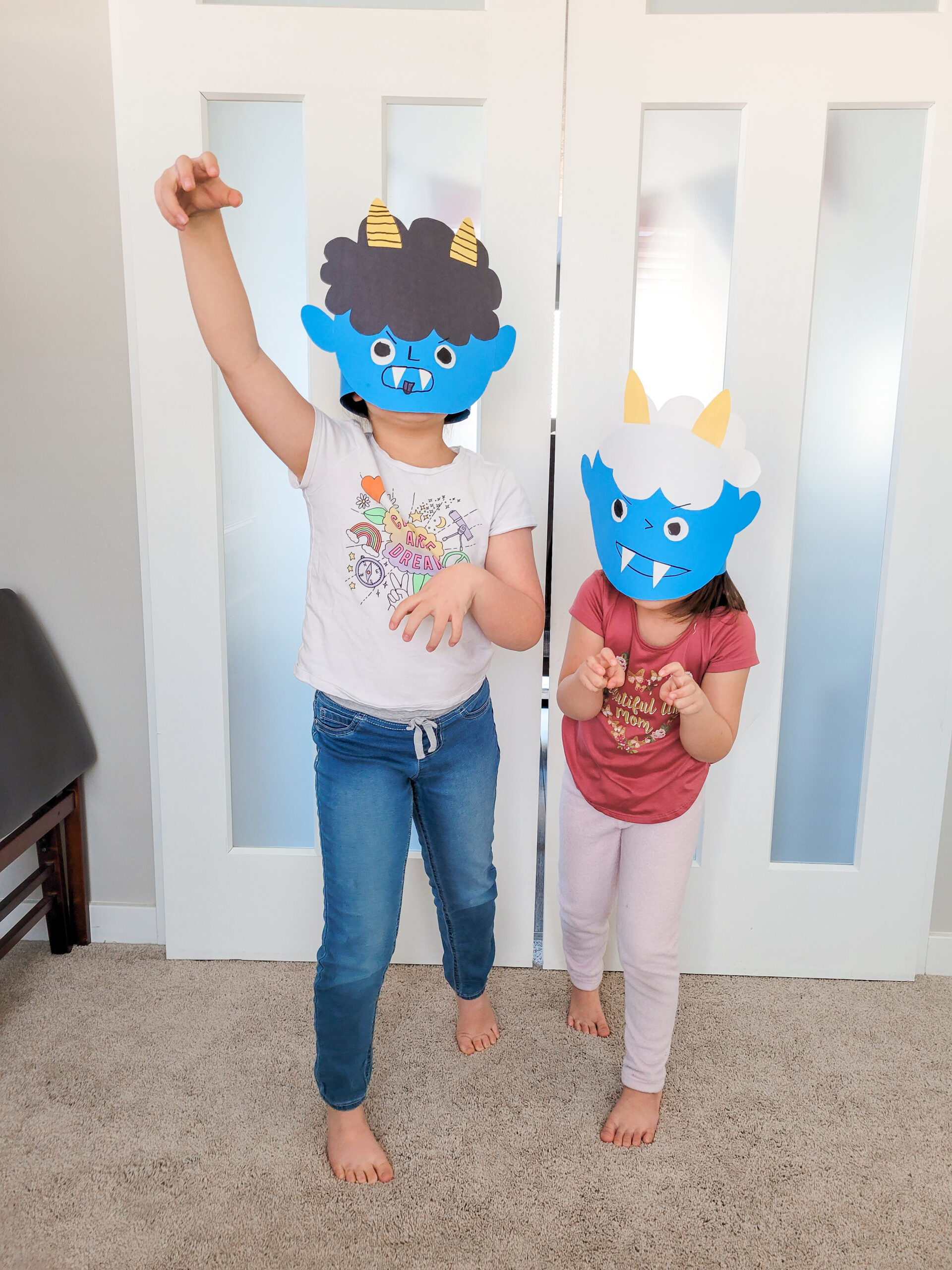
I truly hope this blog post was fun and helpful! My next blog post will be about “Japanese Setsubun Traditions” where I explain a few more things that people do to wish for good luck and health for the new season/year during Setsubun, so stay tuned!
Thank you so much for reading this blog post! Please feel free to leave comments below if you have any questions.
